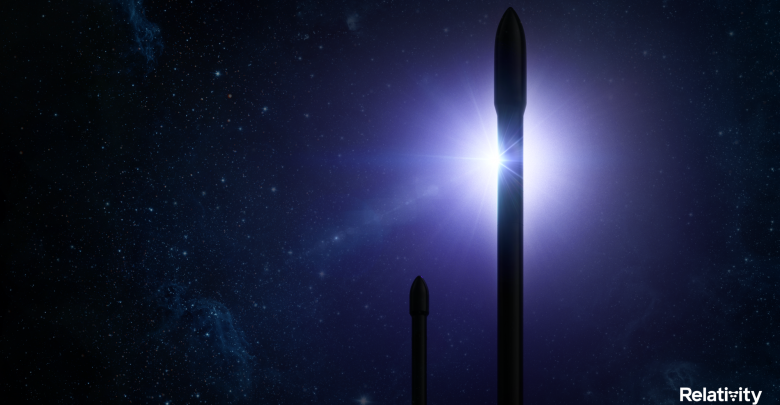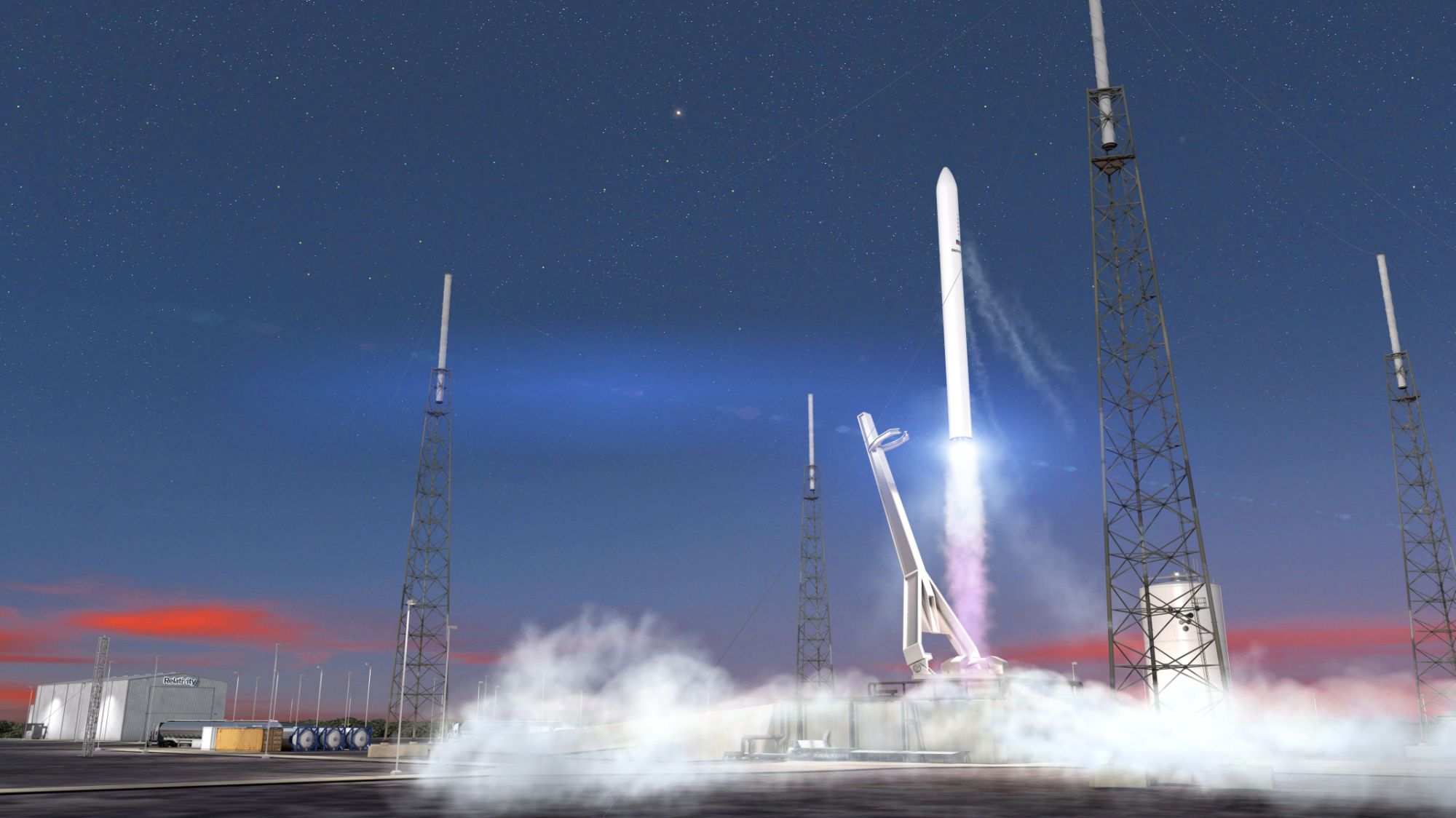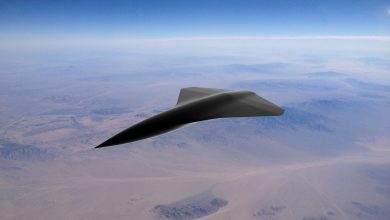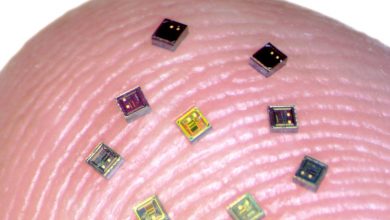
Could Relativity Space be the next SpaceX?
As the Los Angeles-based startup plans to launch its 3D-printed Terran 1 rocket late this year, and Terran R, a much larger orbital rocket than its predecessor. Key market indicators show a company growing so quickly that it’s attracting massive investor attention.
The company’s debut launch was originally slated for 2020, but preparations now appear to be going smoothly after that initial delay, with some important milestones coming up soon.
Relativity Space, the 3D-printing rocket builder, is making another big bet: Developing a fully reusable rocket, designed to match the power and capability of SpaceX’s workhorse Falcon 9 rockets.
“We’re keeping the momentum strong in #2021 with hotfire testing of our development second stage! Up next: Fully-integrated stage testing of the orbital flight article, to kick off later this year!” Relativity Space said via Twitter on Jan. 21.
Hiring is also proceeding quickly, particularly on the propulsion team, the company added earlier this month.
Money is flowing in to support these efforts, too. In November, Relativity Space announced it had closed a $500 million “Series D” financing round even as the coronavirus pandemic affected similar manufacturers in the space industry. A November CNBC report pegged Relativity’s market value at $2.3 billion, among the highest in the private space industry. The leader, SpaceX, was worth an estimated $44 billion last year following its own recent fundraising efforts.
Relativity already had enough cash in the bank to send Terran 1 into space before the recent financing round and will use the new money for ventures such as a “factory of the future,” along with investing more in 3D printing and launch vehicle tech, Relativity representatives said at the time.
“The last six months have been an exciting time at Relativity Space,” Tim Ellis, the company’s CEO, told Space.com. “We’ve hit a number of audacious milestones, from securing key public-private partnerships and contracts, to growing our world-class team to over 260 employees, to making huge strides in our 3D printing technology and autonomous manufacturing as we march towards launching the world’s first entirely 3D-printed rocket.”
Relativity closed out its busy 2020 by scoring a contract with prominent launch integrator TriSept, which in December signed on to sell capacity to its own customers for an entire Terran 1 booster in 2022. More contract details were not disclosed (including the value), but TriSept’s confidence in Relativity is notable given that TriSept’s current customers include NASA, the U.S. Department of Defense and the National Reconnaissance Office.
For a startup space company, receiving both hefty financing and a name-brand customer win within weeks of each other — with the customer money allowing it to “bootstrap” part of the rocket development — is huge. And Relativity has snagged other deals in recent months as well, including a deal with Iridium for six dedicated launches.
Along with the Series D financing and TriSept and Iridium contracts, another key milestone was receiving $3 million from NASA to place tiny cubesats into low Earth orbit under the agency’s Venture Class Launch Services (VCLS) Demonstration 2 program. In a December press release, NASA said VCLS would “demonstrate a launch capability for smaller payloads that NASA anticipates it will require on a recurring basis for future science missions.”
Space publications have taken note of Relativity’s swift progress. “Is the company for real?” read the headline of a March 2020 Ars Technica story, describing the fairytale story of a company that in a few short years quickly progressed from receiving a huge check from “Shark Tank” presenter and Dallas Mavericks owner Mark Cuban, to being accepted into the prestigious Y Combinator startup group, to bounding through four rounds of financing while developing their technology.
Ars Technica also noted the inherent challenges of launching the world’s first 3D-printed rocket, including whether the technology will work, how quickly the company can iterate and if 3D printing will indeed be cheaper (in the long run) than manufacturing rocket components the traditional way. But what is working in Relativity’s favor is the company’s deep experience despite its youth — key company execs have worked at big names such as SpaceX — and the amount of military and government interest in the technology that will help spur development during the high-cost early stages.
The larger economic uncertainty caused by the pandemic is an issue for Relativity Space, as it is for pretty much every company. Ellis noted that the pandemic has had some effect on Relativity, but the company remains focused on protecting everyone’s safety while remaining as productive as possible. For example, the company has a dedicated COVID-19 task force to ensure support for employees.
“Our proprietary 3D-printing technology and use of autonomous manufacturing and robotics has uniquely positioned us to continue to make forward progress on Terran 1, even during the pandemic,” Ellis added.
3D printing allows the company to produce its rockets in house without waiting for a third party’s participation, while the autonomous manufacturing and robotics reduce the number of people on the floor even before taking social distancing into account.
Relativity thus has a busy 2021 ahead as the company seeks to enter a crowded launch market. But 3D printing’s potential could eventually take the company beyond Earth orbit, as NASA and international entities target the moon for long-term missions later in the 2020s. NASA’s Commercial Launch Services Program plans to create a commercial ecosystem on and around the moon to assist with astronauts, who the agency hopes to land on the lunar surface around 2024. Another more distant possibility could be Mars, where NASA hopes to send humans in the 2030s.

Terran R
Called Terran R, the reusable rocket is “really an obvious evolution” from the company’s Terran 1 rocket, Relativity CEO Tim Ellis told CNBC – the latter of which Relativity expects to launch for the first time later in 2021.
“It’s the same architecture, the same propellant, the same factory, the same 3D printers, the same avionics and the same team,” Ellis said.
“I’ve always been a huge fan of reusability. No matter how you look at it – even with 3D printing, and dropping the cost, and [increasing the] automation of a launch vehicle – making it reusable has got to be part of that future,” Ellis added.
Terran R is the first of several new initiatives that Ellis expects Relativity to unveil in the year ahead, with the company having raised more than $680 million since its founding five years ago. Just like Terran 1, Relativity will build Terran R with more than 90% of the parts through additive manufacturing – utilizing the world’s largest 3D printers as what Ellis calls “the factory of the future.”
Relativity, valued at $2.3 billion, ranks as one of the most valuable private space companies in the world. Its investors include Tiger Global Management, Fidelity, Baillie Gifford, Mark Cuban and more.
Ellis emphasized that – even with Terran R’s announcement – Relativity is “very focused on getting Terran 1 to first launch,” which he said is still on track to happen later this year.
And the company plans to keep Terran 1 long term as Ellis believes “it’s a great product.”
“We’re not pulling a ‘Falcon 1 to Falcon 9’ change,” Ellis said, noting how Elon Musk’s SpaceX originally was building and planning to operate a smaller rocket.
Taking on the dominant Falcon 9
Terran R represents an expansion of Relativity’s offerings in the launch marketplace.
Terran 1 is priced at $12 million per launch and is designed to carry 1,250 kilograms to low Earth orbit. That puts Terran 1 in the middle of the U.S. launch market, in between Rocket Lab’s Electron and SpaceX’s Falcon 9 in both price and capability.
Ellis said Terran R will be capable of lifting nearly 20 times as much payload as Terran 1, with Relativity targeting a rocket capable of launching more than 20,000 kilograms to low Earth orbit. That would be near the 22,800 kilograms that SpaceX says its Falcon 9 rockets can launch.
While Ellis declined to disclose what price per launch Relativity expects for Terran R, he said that Relativity plans to be competitive with other offerings. SpaceX advertises Falcon 9 rocket launches with a $62 million price tag, with Musk’s company saying each rocket costs about $28 million to launch.
“We really were asked by the market to create [Terran R] and we’re currently talking with customers,” Ellis said.
Relativity has a pipeline worth several billion dollars of contracts “in active dialogue” for both its Terran 1 and Terran R rockets, Ellis said, with customer interest split evenly between the two vehicles. He noted that the Terran 1 contracts that Relativity has announced to date have binding launch service agreements, so customers are paying on deposits for the rockets.
“There are tons of customers, all getting funding and developing big plans, and that’s really driving the need for more launch capacity globally,” Ellis said.
Not only does Relativity’s CEO expect to be competitive in the marketplace, but he also believes there will be more spacecraft trying to launch than there are rides to orbit.
“There’s actually going to be a launch shortage, if you look at how many people are trying to launch payloads to space,” Ellis said. “Almost every model we’ve looked at, there need to be more launch vehicles to deploy even a fraction of the plans that people are talking about.”
Ellis also touted Terran R’s reusability as further enhancing Relativity’s competitiveness.
“I just don’t see a future where a fully reusable rocket doesn’t exist and doesn’t need to exist,” Ellis said.
He highlighted SpaceX’s work on reusability as informing Relativity’s approach to Terran R, which he expects will be “fully reusable.” SpaceX’s Falcon 9 rockets are partially reusable, in that the company lands the first stage (also known as the booster) and often recovers the rocket’s nosecone. But SpaceX does not recover Falcon 9′s second stages – a feat Relativity aims to pull off by 3D printing designs which “wouldn’t be possible with traditional manufacturing,” Ellis said.
“We will be able to print far more exotic and traditionally difficult-to-manufacture materials that make both first- and second-stage reusability much better,” Ellis said.
No factory changes required
Relativity’s focus on 3D printing means the company doesn’t have to change or add new equipment to its production line.
“The printers, straight up with software changes, will build Terran R,” Ellis said.
“It’s a completely different technology stack for aerospace,” Ellis added. “Every aerospace factory you walk into today is still building products with giant fixed tooling and a very complex supply chain and it takes many years to develop a new product. If you want to do slight tweaks and changes, you’ve got to rip out all of that and go all over again.”
Relativity has been building Terran 1 with the expectation that Terran R was coming.
Ellis noted that Terran 1 is fueled by liquid oxygen and liquid methane – propellants are the focal point of next-generation reusable rockets. Even the company’s testing facilities at NASA’s Stennis Space Center in Mississippi “are already sized” to test the larger engines needed for Terran R, he said.
“Many of the pieces are quite similar architecturally, but the thing that’s wildly different is the fact that [Terran R] is fully reusable,” Ellis said.
Engine tests started
Relativity has completed hundreds of tests on its Aeon 1 engines that will power Terran 1 – but Terran R will feature a “new engine called Aeon R” that the company has begun developing, Ellis said.
“We’ve also tested the engine for the upper stage,” Ellis said. “It’s a copper chamber engine … and it’s actually now the same engine on the upper stage of Terran R as on Terran 1.”
The company expects to conduct “mission duty cycle tests,” also known as a full duration test, of the new more powerful engine in the coming days, Ellis said.
Relativity plans to launch Terran R from Cape Canaveral in Florida, where the company previously secured a launch site for Terran 1.
More details to come
Although Ellis declined to talk specifically about his expectations for Terran R’s development timeline, he said the company is announcing it now because it’s begun building hardware and conducting tests.
“I think there was only a matter of time that we were going to be able to keep it secret,” Ellis said, noting that Relativity is “now out in the market and selling” Terran R launches.
The company will reveal more details on the design and specifications of Terran R later this year. As for how Relativity plans to land its Terran R rockets, Ellis said his company will utilize “maybe both” concrete landing pads and drone ships, as SpaceX does.
Overall, Ellis has a vision of 3D-printed reusable rockets as “the inevitable technology we need to build humanity’s industrial base on Mars” – a goal similar to Musk’s dream to “make humanity a multiplanetary species” by establishing settlements on the red planet. Ellis believes Relativity and SpaceX can be two companies leading a new era of exploration.
“We need to inspire dozens to hundreds of companies to do this,” he said.





